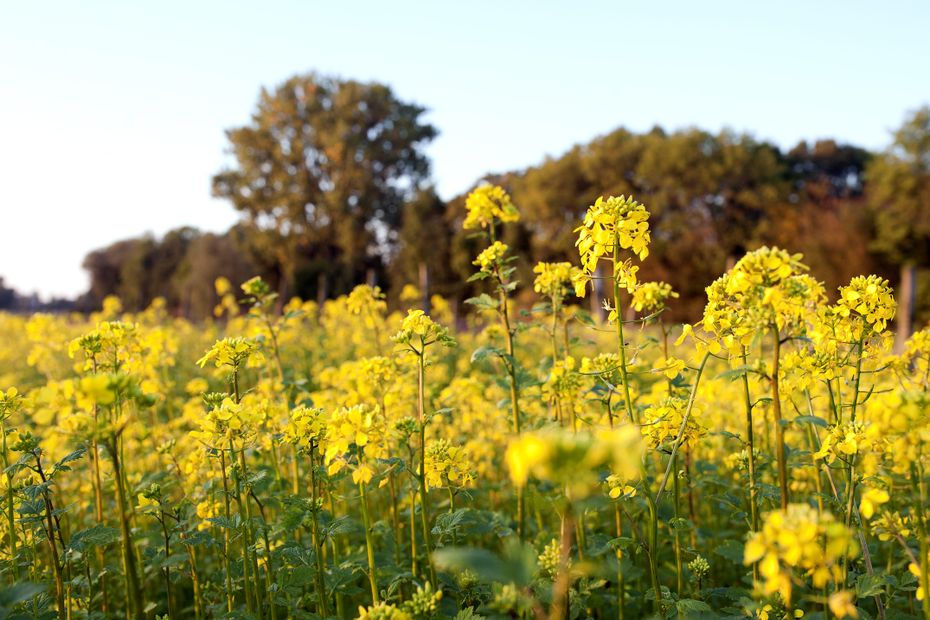The first biennial harvest of mustard seeds has just been completed in Burgundy, and it is good. Yields are expected to return to normal production by the end of the year, but farmers are calling for more flexibility in phytosanitary standards to avoid another shortage.
Good news for all Burgundians who find it difficult to do without mustard! The summer harvest was “pretty good“. It has just been completed in the region, and “we exceed the historical yield that we had before 2016“, welcomes Fabrice Genin, farmer and president of the association of mustard seed producers in Burgundy.
“We will make about 18 quintals per hectare“, specifies Fabrice Genin. What to make forget, in the next months, the shortage which one notes on all the stalls of the supermarkets. “The French harvest does not represent all the needs of all manufacturers, but it will be available very quickly. From November-December, we should return to an almost normal situation on the shelves.“
–
An optimism confirmed by the industrialists of Côte-d’Or. At the headquarters of Reine de Dijon mustard, industrial director Marika Zimmermann explains: “Now that the seed is harvested, it still needs to be cleaned so that we industrialists can use it. It should be delivered to us by the end of September.“The rest of the seeds used by Reine de Dijon come from Canada, where the harvest is later.”The time for transport and cleaning, we will have it in December-January.” It is during this period that the last concerns should be lifted, since 80% of the mustard seeds used in France come from this country.
For this winter, the threat of a new mustard shortage therefore seems remote. On the other hand, a fundamental problem arises for seed growers, which risks again causing shortages of stock. “There are real obstacles to growing mustard. We live in a changing climate, but there is also a political choice to have very strict regulations on phytosanitary products“, explains Fabrice Genin.
“We have been deprived of almost all the solutions that allowed us to fight against certain insect pests, which puts quite strong pressure on production and great uncertainty on yields. This does not encourage producers to try the culture of mustard.”
Producers are therefore requesting exemptions for new phytosanitary products, in order to be able to treat crops if necessary.
And organic mustard in all this? “We’ve been trying for 10 years, and we haven’t gotten anything for almost 10 years. It is possible to make organic, except that the result is random.”
Another solution: find new varieties of more resistant seeds. “A varietal selection program is underway with INRAE and Agrosup“, adds Marika Zimmermann.
“What we want to find is the seed that suits both farmers in terms of efficiency, yield and ease of cultivation, and industrialists in terms of quality.”
So far, the miracle seed has not been discovered. But “we must remain optimistic: we have seen many interesting varieties, and there is no reason that we cannot find“, concludes the industrial director.
–
► READ ALSO: Why the mustard shortage is not about to stop
–


